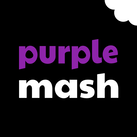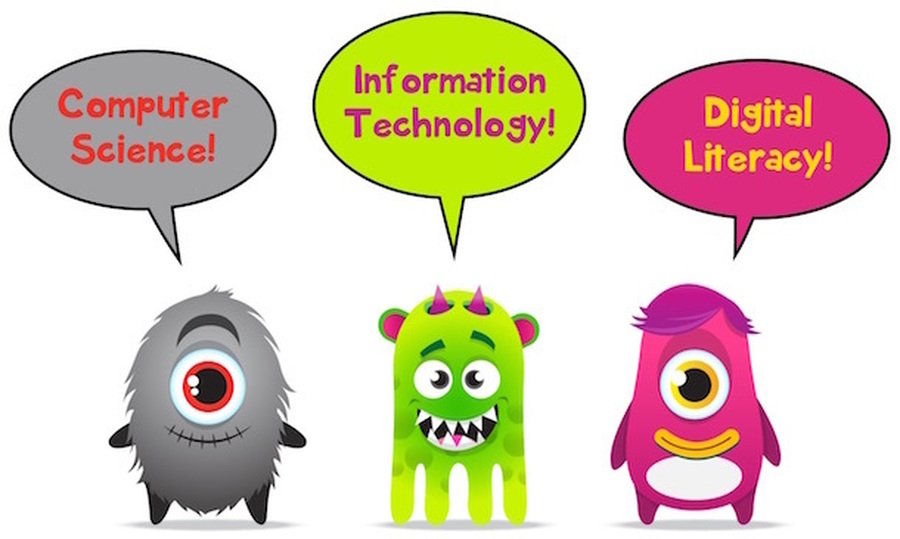"Computers themselves, and software yet to be developed, will revolutionise the way we learn" - Steve Jobs
Computing
Intent
Our vision is for all teachers and learners in our school to become confident users of ICT so that they can develop the skills, knowledge and understanding which enable them to use appropriate computing resources effectively as powerful tools for teaching and learning. We feel it is our responsibility to create the digital citizens of tomorrow; developing their computing skills so they become robust digital users, capable of using technology that hasn’t been invented and eventually for careers that do not even exist. Children at St James become autonomous, independent users of computing technologies, gaining confidence and enjoyment from their learning. We
Our vision is for all teachers and learners in our school to become confident users of ICT so that they can develop the skills, knowledge and understanding which enable them to use appropriate computing resources effectively as powerful tools for teaching and learning. We feel it is our responsibility to create the digital citizens of tomorrow; developing their computing skills so they become robust digital users, capable of using technology that hasn’t been invented and eventually for careers that do not even exist. Children at St James become autonomous, independent users of computing technologies, gaining confidence and enjoyment from their learning. We
|
Implementation There are three main strands of the Computing curriculum: information technology, digital literacy and computer science. Information technology is about the use of computers for functional purposes, such as collecting and presenting information, or using search technology. Digital literacy is about the safe and responsible use of technology, including recognising its advantages for collaboration or communication. Finally, computer science will introduce children of all ages to understanding how computers and networks work. It will also give all children the opportunity to learn basic computer programming, from simple floor robots in Years 1 and 2, right up to creating on-screen computer games and programmes by Year 6. In order to fulfil the above aims it is necessary for us to ensure:
|
Impact
Children have the knowledge, skills and understanding to help them access and use a range of technology in a safe and creative way when they leave St James. Children’s skills will have progressed to enable them to not only have met the requirements of the National Curriculum but to also enjoy using technology to develop knowledge and ideas as well as express themselves safely and creatively as responsible citizens. Children understand and apply the fundamental principles and concepts of computer science, including abstraction, logic, algorithms and data representation. Children can analyse problems in computational terms, and have repeated practical experience of writing computer programs in order to solve such problems. Children can evaluate and apply information technology, including new or unfamiliar technologies, analytically to solve problems. Children are responsible, competent, confident and creative users of information and communication technology. This impact is measured through summative assessment and evidence collected in Computing lessons. |
|
Computing Progression & Planning
Year Group Overviews
Computing Progression
|
Computing in EYFS At St James', our computing experience for our EYFS children is play-based, unplugged (no computer) activities that focus on building children’s listening skills, curiosity and creativity and problem solving. The most relevant statements for computing are taken from the following areas of learning:
| ||||||||||||||||||||||||


